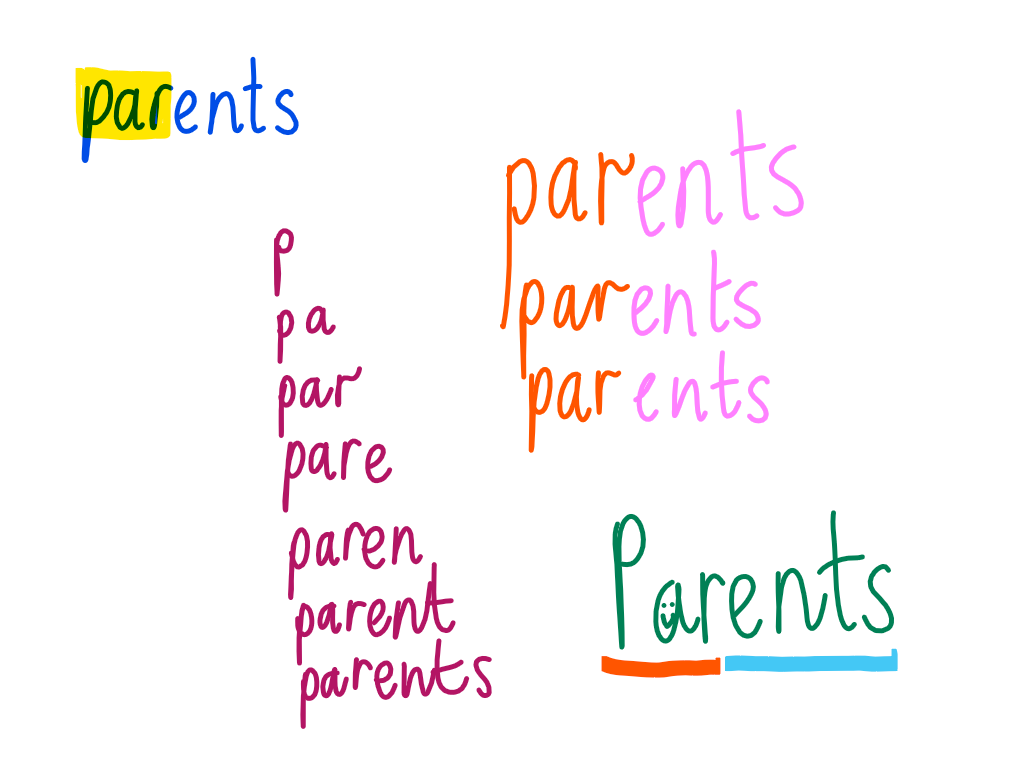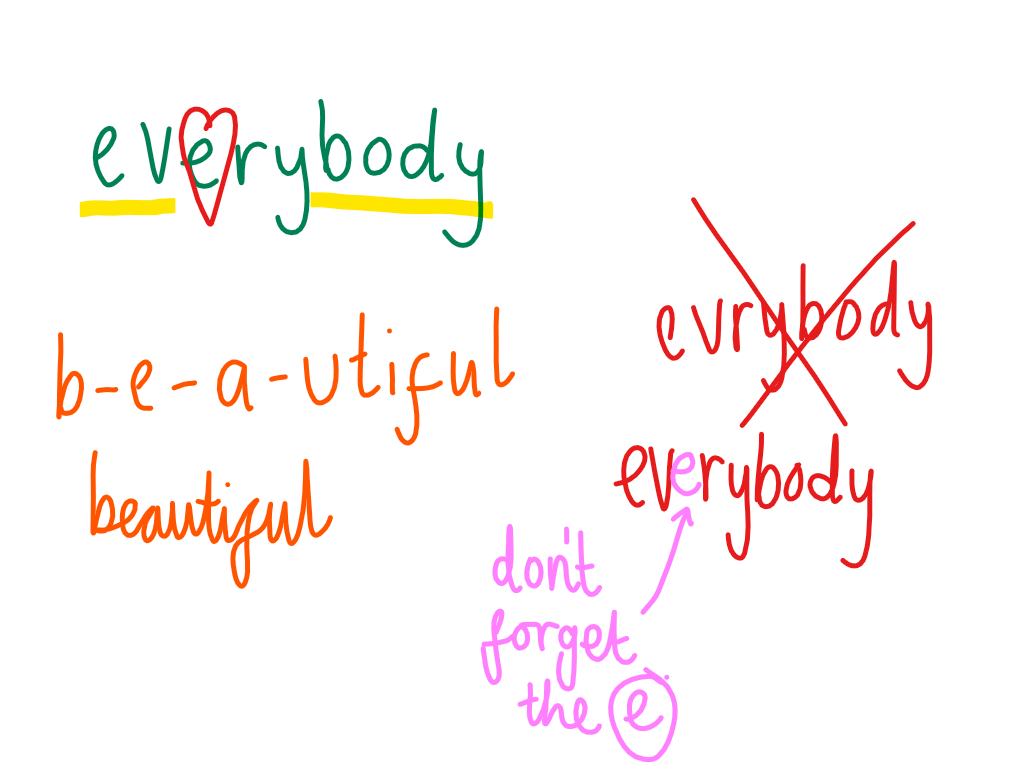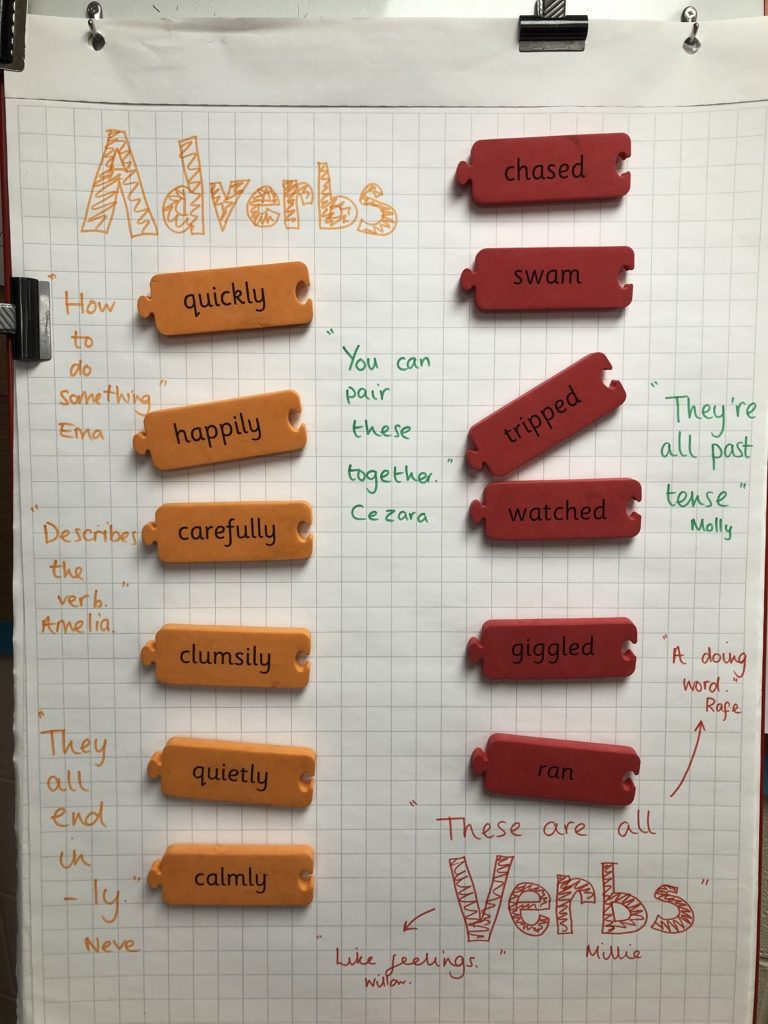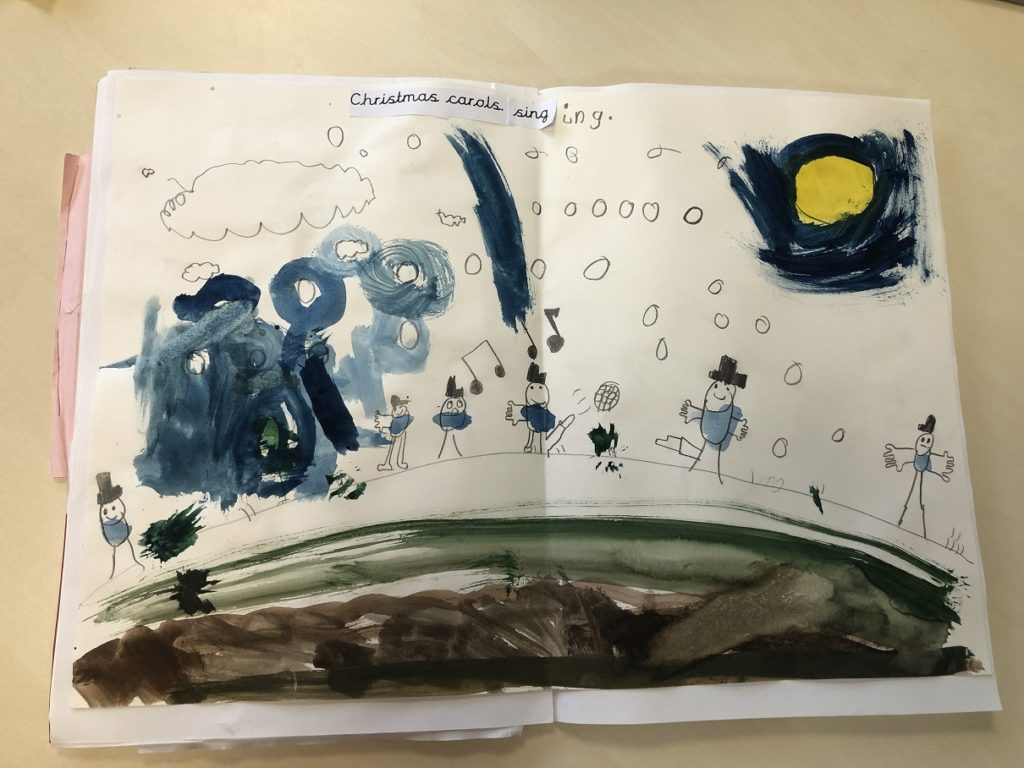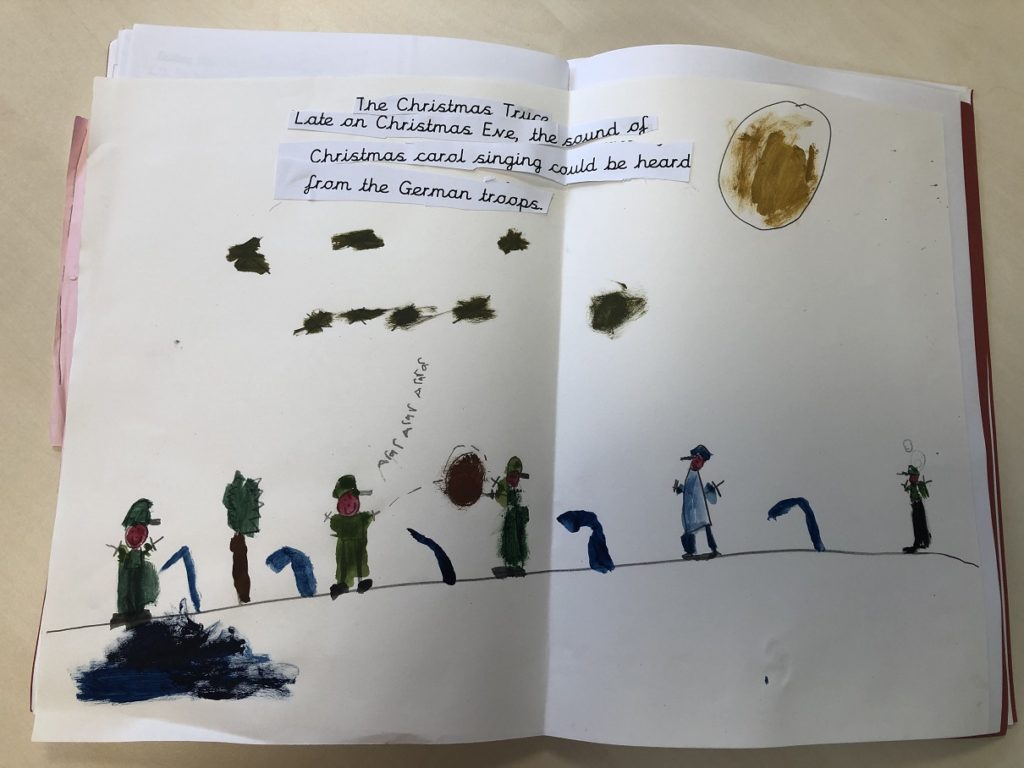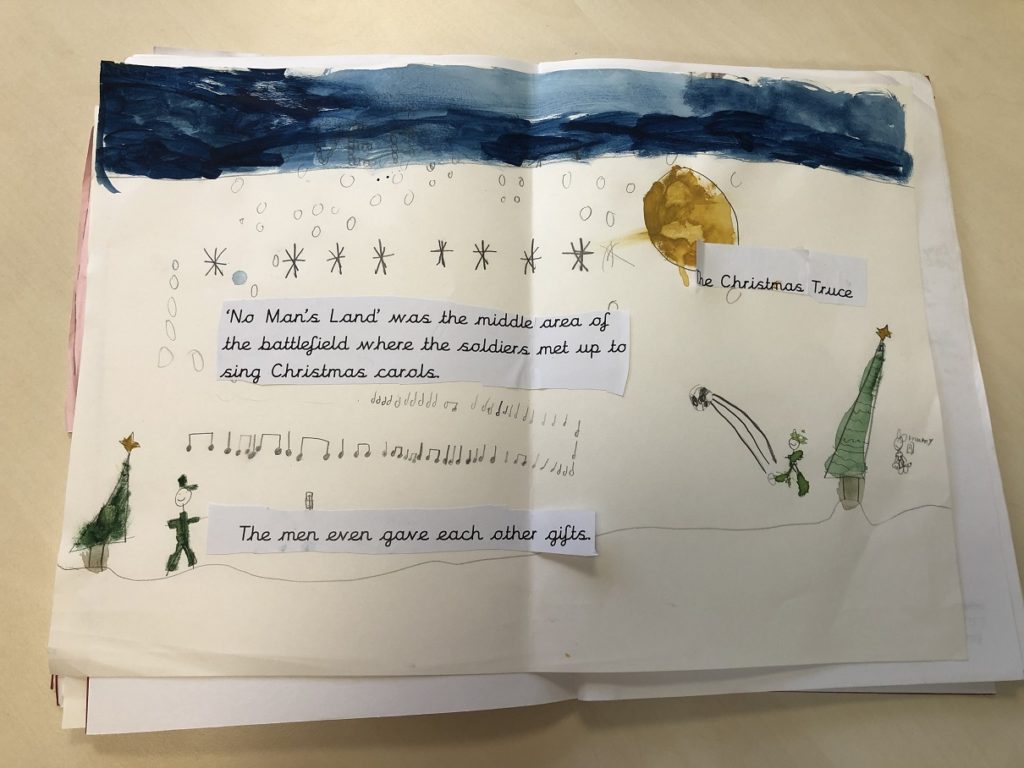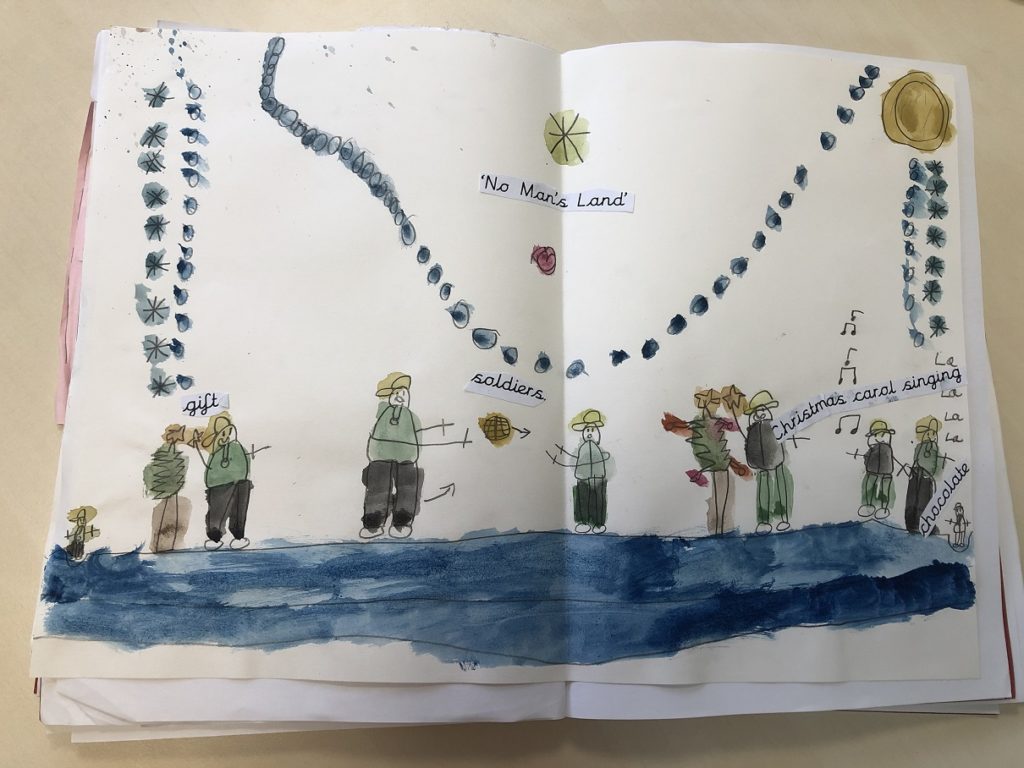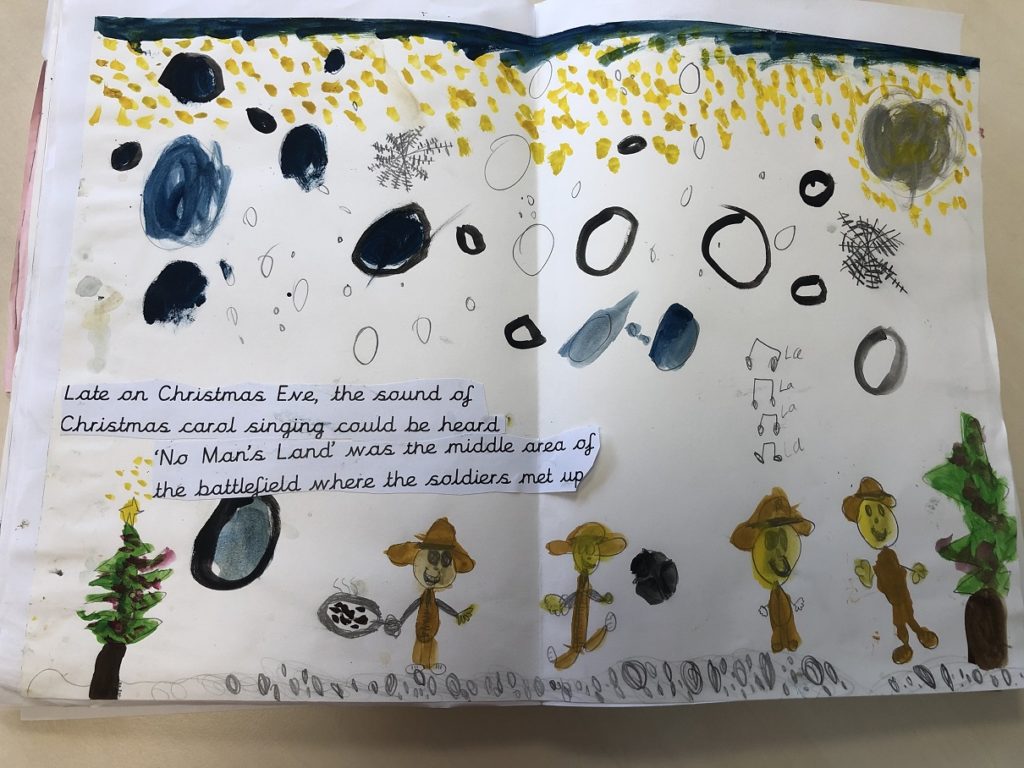Remote learning links for week beginning 25th January
Remote Learning will all be posted onto our Microsoft Teams Class accounts but a copy is here below.
Please do join in with our Microsoft Teams live check-ins which happen 3 times a day.
English week beg 25th Jan 2021
RE week beg 25th Jan Science week beginning 25th jan
Remote learning links wb 18th Jan
Remote Learning will all be posted onto our Microsoft Teams Class accounts but a copy is here below. Please do join in with our Microsoft Teams live check-ins which happen 3 times a day.
Remote learning links wb 11th Jan
Remote Learning will all be posted onto our Microsoft Teams Class accounts but a copy is here below. Please do join in with our Microsoft Teams live check-ins which happen 3 times a day.
Guided Reading week beg 11th Jan 2021
RE week beg 11th Jan 2021.docx
Friday 11th December 2020
What a beautiful range of Christmas jumpers we have seen today! What a super way to mark the end of another week… And now there’s just one more until the Christmas holiday!
This week in Maths we have been adding and subtracting two digit numbers from two digit (or three digit) numbers, for example, 35+21 = and 35-21 = or 100 – 21 = .
In English we have been learning about those tricky apostrophes showing possession. We must remember that we only need to use them when a person’s name is followed directly by the object which belongs to them, for example, the Maid’s scissors.
For a bit of fun, we’ve entered Year 2 into a National SumDog Competition against 2029 other classes from schools around the country. Log in and complete as many questions as you can before December 17th.
Have a wonderful weekend everyone.
See you on Monday!
Team 2.
Sound Mats
Having trouble getting your child to write at home? Are they having difficulty deciding on which grapheme to use for their spellings? Try using a Sound Mat to jog their memory. These are the ones we use at school…
Friday 27th November 2020
Hi everyone, we hope you’re well.
This week we’ve started looking at 2D shapes and lines of symmetry. The children did very well to identify vertical lines of symmetry by folding paper shapes and checking the reflection using mirrors. Well done!
In English, we’ve begun writing our diaries in role as the Lion from The Lion in Paris.
Have a look at what Mrs Pitman’s brilliant phonics group have been doing… Perhaps you can practise your own spellings using these creative strategies.
Great work on SumDog this week guys – so far 3 children have completed the Fractions Challenge. How many more of you will earn 100 coins before 6pm on Sunday? There’s also a 20 question assessment looking at everything we’ve done so far this year. Good luck!
Have a wonderful weekend, all!
Team 2.
Friday 20th November 2020
Hello, everyone! We hope you are all well.
This week in Year 2 we have fallen in love with our latest text, ‘A Lion in Paris’ by Beatrice Alemagna. Both the story and the illustrations are inspiring and we are excited to see what the children will create by the end of the unit. We’ve looked at the difference between ‘verbs’ and ‘adverbs’ and had some fun acting them out when you combine them together! Maybe you can try this at home too.
In Maths, the children have been blowing us away with their grasp of fractions. We’ve had to think up some very tricky challenge questions to give them some brain pain! There’s a SumDog Challenge on Fractions this week too – Can you complete 100 questions by the end of next weekend for 100 coins?
Have a wrapped-up, warm and cosy weekend Year 2s. We’ll see you on Monday!
Team 2.
Friday 13th November 2020
Happy Friday (13th) everyone. We hope it has not been unlucky for you!
This week in Year 2 we have planned and started creating adverts to encourage spectators to come and watch the race between the Hare and Tortoise.
In Maths this week we have begun our topic on division. Look at all the different ways we can represent this division problem.
In remembrance of Armistice Day, we have created beautiful artwork based upon the Christmas Day truce.
Have a great weekend. Take care!
Year 2.
Friday 6th November 2020
Hi everyone,
We’ve had a great first week back in Giraffe and Elephant classes…
In English, we’ve continued with our story, ‘Hare and Tortoise’. This week we’ve been looking at specific vocabulary relating to each of the characters. Can you remember what a verb is? What about a rhetorical question?
In Maths we’ve been looking at how we can use lots of different concrete resources and pictorial strategies for helping us with our multiplication. Look at our arrays and number sentences… Arrays Flip
Our new topic is ‘This Way or That Way?’ and in this week’s lesson we learnt about the seven continents and five seas. Did you know that George (The Smartest Giant in Town) has a brother named Wilfred who travels the world? Here you can see the journey he took across the continents and seas. Wilfred’s Travels. Your homework for the next couple of weeks is to research the seven continents and think about which one you’d most like to visit and why.
See you on Monday everyone!
Year 2 Team.
